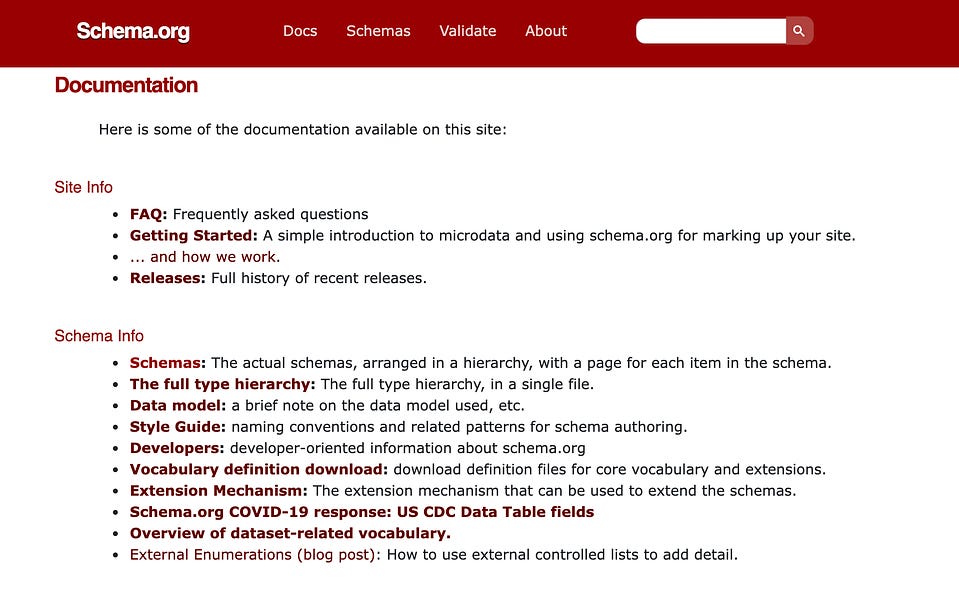- Marketer Milk
- Posts
- 📝 Our day 1 SEO strategy
📝 Our day 1 SEO strategy
Hi 👋
When Bing started to get a lot of press a few weeks ago, you know what everyone was saying on social media?
Google is dead. SEO is dead. Search is dead.
You know what we ACTUALLY saw happen to our website?
We got more traffic from Bing search.
And it made us think. SEO is not dead. If anything, SEO will start to become less synonymous with the word "Google."
And this realization reassured our reasoning behind why investing in content on your own website is such a great strategy.
If new search engines pop up, and you have amazing content on your site, it's the job of those search engines to find and surface your content.
You're not limited to one platform for distribution.
Whereas, in social media, you're dependent on that one platform.
So, with the increase in interest in growing SEO traffic, we want to quickly go over how you can create an SEO strategy from day 1.
First step to growing SEO traffic is to stop saying the word "SEO" and think more about the phrase, "content creation."
SEO is simply the act of optimizing for an algorithm. It's not the thing that makes you grow. What makes you grow is content, that is then SEO optimized. Content first.
This is why many SEOs aren't great writers. Because they look at SEO more as a game of hacks and tactics, instead of a game of good content creation.
But, it is also important to note that you want to create great content on a platform that can give you the maximum amount of success in search engines. Your platform is your website, and not all websites are created equal.
In other words, as Emily from MKT1 would say, your website is your "engine," and your content is your "fuel."
Race fuel in a 1999 Toyota Corolla isn't going to make you go 200 mph. Race fuel in a Ferrari will.
So step 1, fix your engine. You do this by making sure your website:
Is designed with clean, semantic code and has incredibly fast hosting (see Webflow)
Has clean URL structures (i.e. your blog lives on yourwebsite.com/blog)
You have canonical tags set on all web pages
You have article schema markup on all blog posts
You have a proper sitemap.xml that is submitted to Google Search Console
Step 2, create great content. You do this by:
Writing blog posts that are SEO-optimized and have the right SEARCH INTENT
Build topical authority and interlink your articles
Build backlinks from websites in your industry
Step 3, check you expectations:
Websites with new SEO strategies can take 6 months to get out of the Google "Sandbox" and start seeing results. But don't stop creating content in the sandbox phase.
If your engine is working properly, and your fuel is word-class, you will start to see results. Patience.
This is what we did for Marketer Milk, and saw some great growth last year:

So no, SEO is not dead. And it's not a black box.
A great "engine" (your website), with word-class fuel (your content), and a healthy dose of patience, will make you grow.
With that, let's get into what we have in store this week (lots of good stuff):
Marketing news from the past week
Find & accelerate your marketing advantages
Become a better writer in one day
How to implement schema markup
The psychology of price relativity
Ad from the past
Website of the week
Cool marketing jobs
And much more
🗞 In the news
🚀 All things growth &
Duolingo's user retention tactics, how to find & accelerate your marketing advantages, growth planning in marketing, and refreshing your GTM strategy in 30 days.
💭 Guess the riddle
What happened to the blogger that stole his neighbor's computer?
Answer is at the bottom of this email
✍️ Content, social media, & email
How to pick content marketing topics, becoming a better writer in one day, a story about going viral, and using gratitude in your email marketing.
⚙️ SEO
Does brand name at the end of a title tag impact organic traffic, how to implement schema markup, and the ROI of SEO.
🔮 Psychology & branding
Evaluating emotionally then rationalizing, the psychology behind price relativity, and why brand designers make great product designers.
🧠 Extra stuff
The startup pyramid, content marketing salary negotiation, and ecommerce myths.
📣 Ad from the past

(The Wall Street Journal ad from 1988)
Let the ad do the talking.
💻 Website of the week
🏝 Cool remote marketing jobs
Okay, that's it for now 🤍. See you next Tuesday!

What did you think of this newsletter? |
“I cannot expect even my own art to provide all of the answers — only to hope it keeps asking the right questions." — Grace Hartigan
Riddle answer: He got RSS-ted













